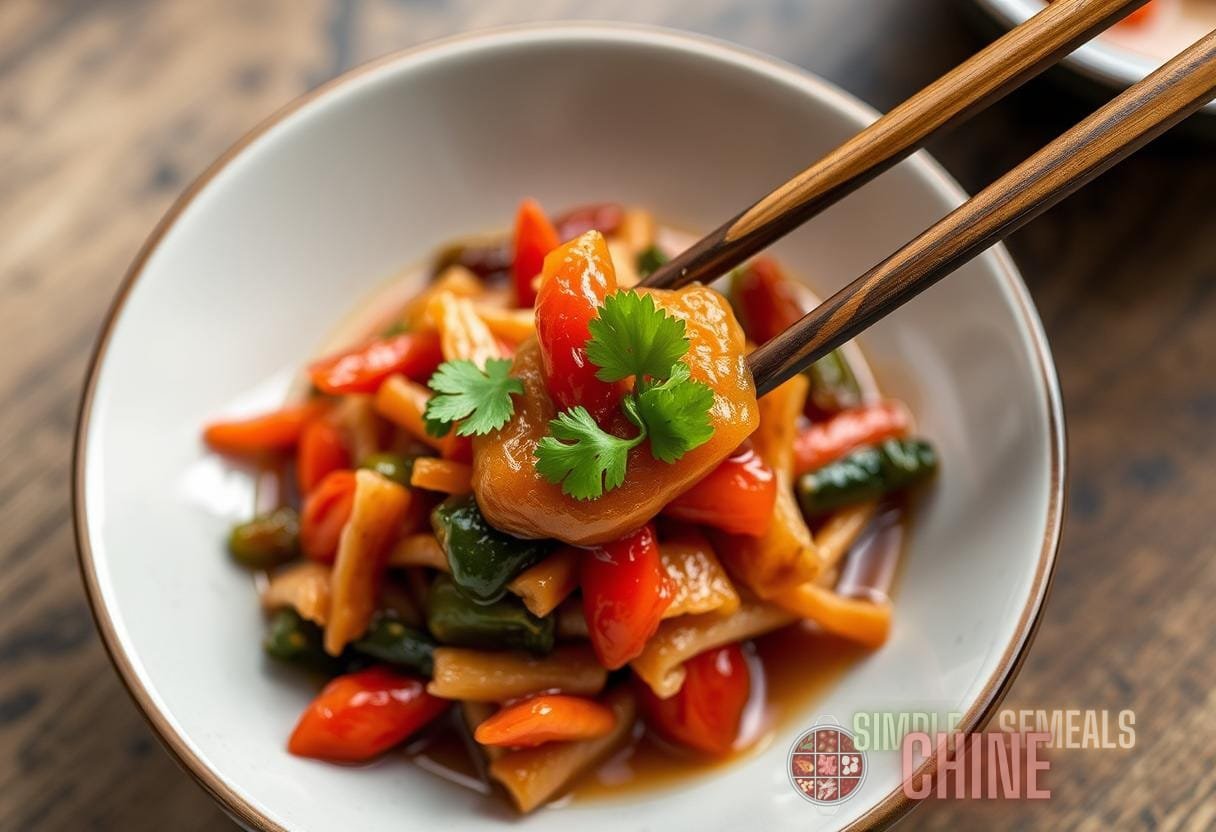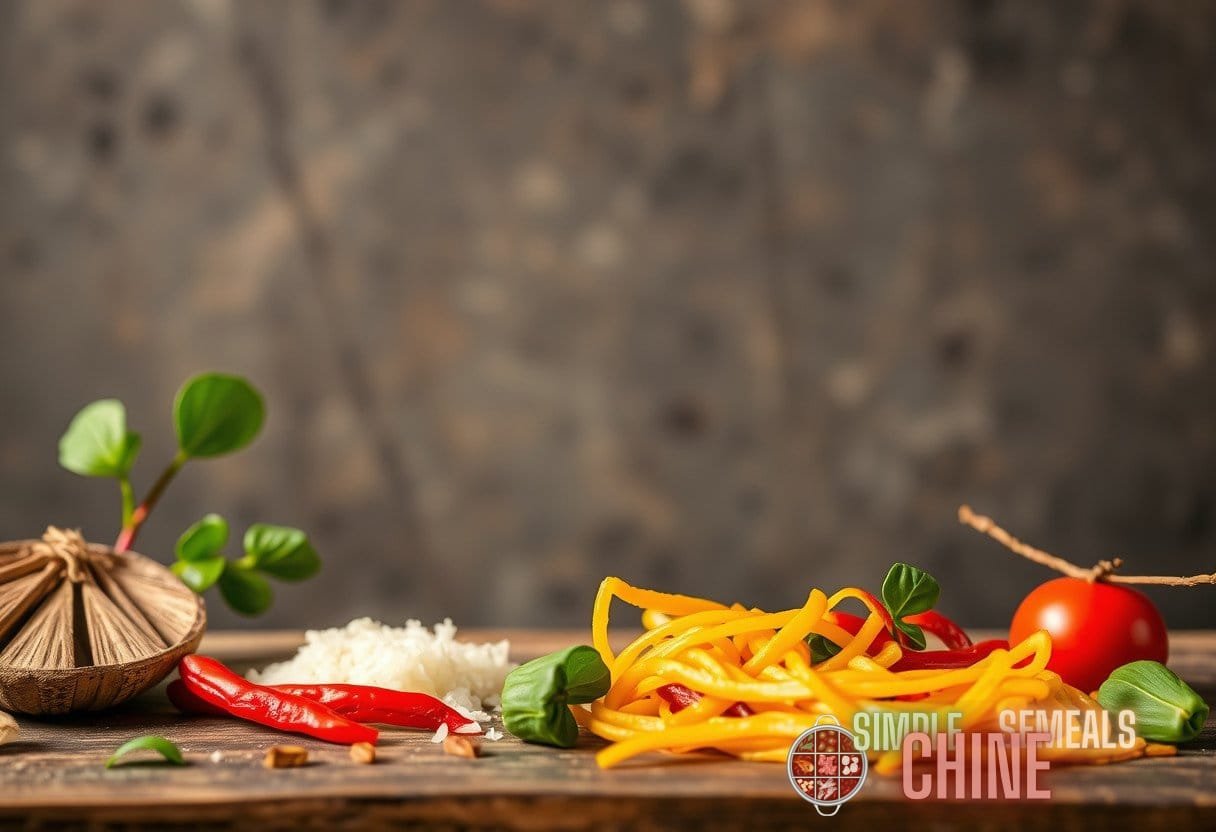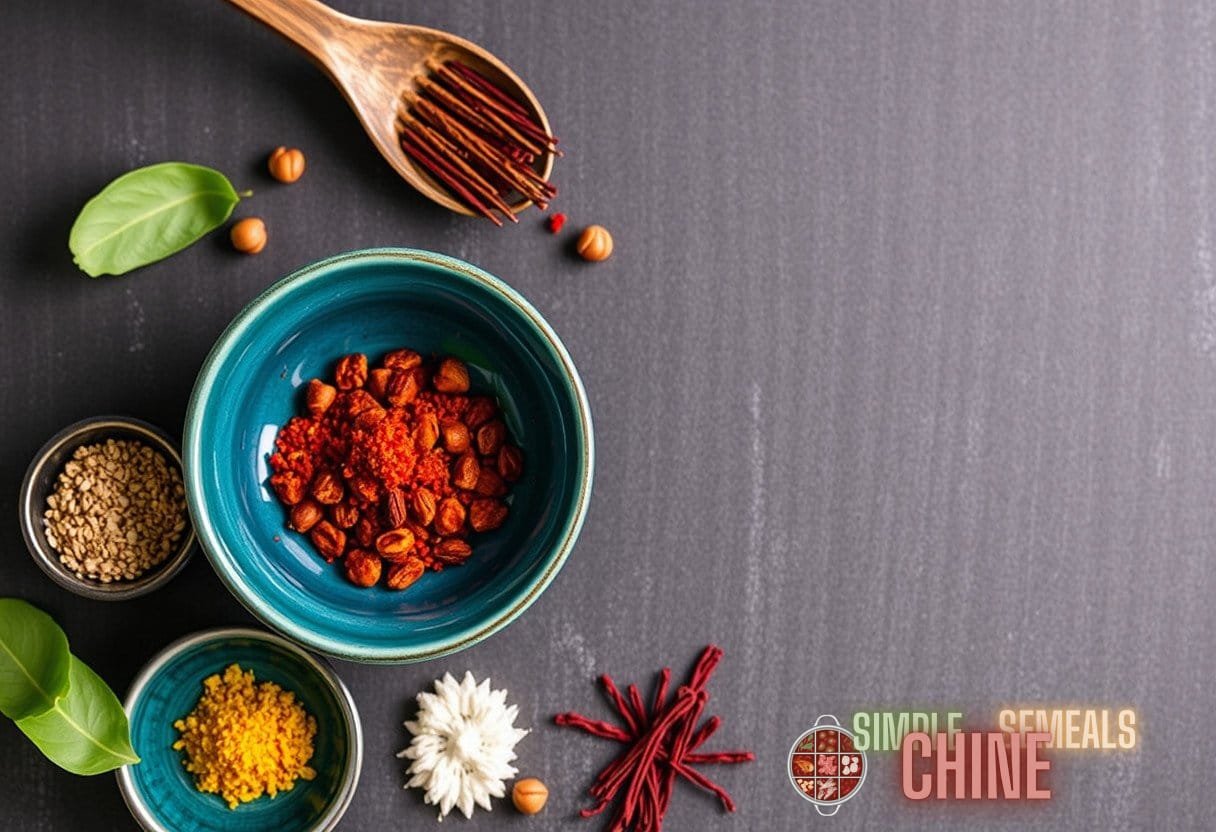Understanding Flavor Pairings in Chinese Cuisine
Chinese cuisine is renowned for its sophisticated flavors and exquisite dishes, which are the result of deep-rooted traditions and culinary expertise passed down through generations. At the core of this culinary art lies the concept of flavor harmony science, which involves combining various tastes to create a balanced and enjoyable meal.
The Five Fundamental Tastes
In the context of flavor pairing, it is essential to understand the five basic tastes recognized in Chinese culinary philosophy: sweet, sour, bitter, spicy (or pungent), and salty. Each of these tastes plays a unique role in creating dishes that are pleasing to the palate. The science of flavor harmony emphasizes the importance of these tastes, demonstrating that effective combinations can elevate a dish’s sensory profile.
- Sweet: Often derived from ingredients like sugar, honey, or sweet fruits, sweetness can balance sour or salty flavors.
- Sour: Typically associated with vinegar or citrus, sour notes can enhance the overall freshness of a dish.
- Bitter: Found in items like certain greens or medicinal herbs, bitterness can lend depth and complexity to the flavor palette.
- Spicy: Ingredients such as chili peppers or black pepper provide heat and can stimulate appetite.
- Salty: Salt enhances flavor but should be used in moderation to prevent overshadowing other tastes.
Flavor Pairing: The Science Behind It
Flavor pairings in Chinese cuisine rely heavily on the principles of chemistry and biology. According to various studies, the sensory perception of taste is interlinked with the olfactory senses, making aroma integral to flavor harmony science. The combination of tastes can influence the way individuals perceive flavor, leading to the creation of unique dishes that resonate with taste buds. For instance:
– Scientists have identified that sweet and sour combinations activate specific receptors in the taste buds, enhancing the overall flavor experience. – The balance of salty and bitter tastes can create an umami effect, often referred to as the “fifth taste,” commonly associated with fermented products like soy sauce or oyster sauce.Traditional Ingredients that Drive Flavor Pairing
The diversity of ingredients in Chinese cuisine enables a breadth of flavor pairings that exemplify flavor harmony science. Each ingredient holds distinct properties that contribute to the overall harmony of a dish. Below are some key ingredients that are frequently utilized:
- Ginger: Offers warmth and a slight sweetness, often balancing richer flavors like fatty meats.
- Garlic: Adds pungency and depth, complementing vegetables and proteins alike.
- Green Onions: Provide both freshness and a mild pungency that enhances dishes without overwhelming the palate.
- Soy Sauce: Acts as a flavor enhancer that adds depth and saltiness, harmonizing various ingredients.
- Chili Peppers: Bring heat and complexity, often pairing beautifully with sweeter ingredients to create a dynamic flavor experience.
Regional Variations and Their Flavor Philosophies
China is home to numerous regional cuisines that showcase unique flavor pairings influenced by local ingredients, cultural practices, and climate. Here, we explore a few well-known regional cuisines and their distinct approaches to flavor harmony science.
1. Sichuan Cuisine
Sichuan cuisine is famous for its bold flavors and particularly its use of spicy and numbing elements derived from Sichuan peppercorns. The flavor profile often includes:
- Spicy: The heat from chilis complements the cooling sensation of Sichuan peppercorns.
- Sour: Many dishes add vinegar or citrus to balance out the heat, such as in traditional dishes like Kung Pao Chicken.
2. Cantonese Cuisine
Cantonese cooking emphasizes freshness and lightness. Key characteristics include:
- Sweet: The use of sweet sauces, like Char Siu, balances the savory flavors of meats.
- Salty: Light soy sauces are often used to enhance the umami in fresh seafood and vegetables.
3. Hunan Cuisine
Hunan cuisine is known for its spicy and aromatic characteristics, often employing robust flavors, including:
- Spicy: Hunan chefs are known for utilizing various chili peppers to provide distinct heat.
- Aromatic: The addition of garlic and ginger is prevalent, enhancing the overall fragrance of dishes.

4. Shanghainese Cuisine
Shanghainese cuisine is characterized by its sweet and savory combinations. Notable features include:
- Sweet: The addition of sugar and soy sauce in many dishes reinforces a harmonious balance of sweet and umami.
- Fresh: Ingredients like scallions and ginger often lend a refreshing quality to beautifully prepared freshwater fish.
Prominent Dishes Illustrating Flavor Harmony Science
Numerous traditional dishes exemplify the principles of flavor harmony science, seamlessly integrating ingredients that complement one another and create exquisite dining experiences. Below are a few noteworthy examples:
Peking Duck
Peking Duck embodies the rich flavors and meticulous craftsmanship found in Chinese cuisine. The dish features:
- Crispy Skin: The preparation method results in a savory and slightly sweet skin.
- Hoison Sauce: A sweet-savory sauce used for dipping that balances the richness of the duck.
- Light Buns: Soft, fluffy buns that bring a mild sweetness and serve as a delightful pairing with the savory duck.
Mapo Tofu
Mapo Tofu showcases the intricate dance of flavors in Sichuan cuisine, emphasizing:
- Spicy Bean Paste: Introduces heat and richness to the dish, enhancing the inherent flavors of tofu.
- Garlic and Ginger: Provide aromatic complexity, contributing to the overall depth of flavor.
Hot Pot
Hot pot is a communal dining experience that highlights the variations in flavor pairings. Key components include:
- Broth: Bases can be spicy, mild, or herbal, showcasing the foundation of flavor dish unity.
- Diverse Ingredients: A variety of proteins and vegetables provide a spectrum of taste, allowing for individual customization.
For those interested in further exploring traditional Chinese dishes, visit our section on types of traditional Chinese dishes.
The Role of Spices and Aromatics
In addition to the foundational flavors, spices and aromatics play a crucial role in achieving flavor harmony science in Chinese cuisine. Each spice contributes unique properties that influence the overall dish:
- Star Anise: Provides a sweet, licorice flavor that pairs well with savory meats.
- Fennel Seed: Adds warmth and sweetness, often complementing dishes featuring rich cuts of pork.
- Coriander: Offers freshness and bright notes, balancing heavier flavors in certain dishes.
Cultural Significance of Flavor Pairing
Flavor pairings in Chinese cuisine are not only about sensory pleasure; they also reflect cultural practices and beliefs surrounding food. Many traditional Chinese meals involve a balance and harmony that extends beyond just culinary concepts:
– The practice of serving contrasting dishes (e.g., spicy and cool) reflects a profound understanding of balance, akin to the Yin and Yang philosophy. – Seasonal eating is emphasized, with particular ingredients celebrated during specific times of the year, thus enhancing flavors that resonate with seasonal themes.Conclusion: The Evolution of Flavor Pairing in Chinese Cuisine
Flavor harmony science in Chinese cuisine conveys an intricate tapestry of taste that melds tradition, culture, and culinary expertise. Understanding the scientific principles behind flavor pairings allows both chefs and food enthusiasts to appreciate the depth and complexity of this ancient culinary art form. As we continue to explore and adapt, the legacy of Chinese cuisine with its reliance on a perfect equilibrium between flavors remains a cornerstone of this beloved tradition. Additionally, for a deeper understanding of different cuisines, check out our article on global cuisines.



